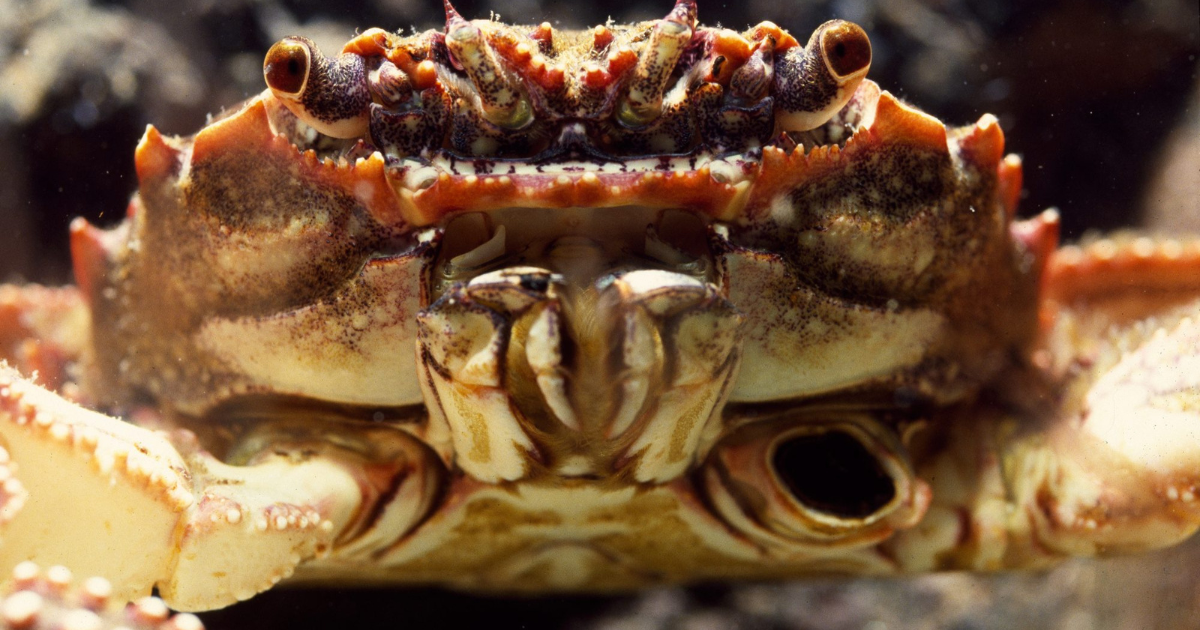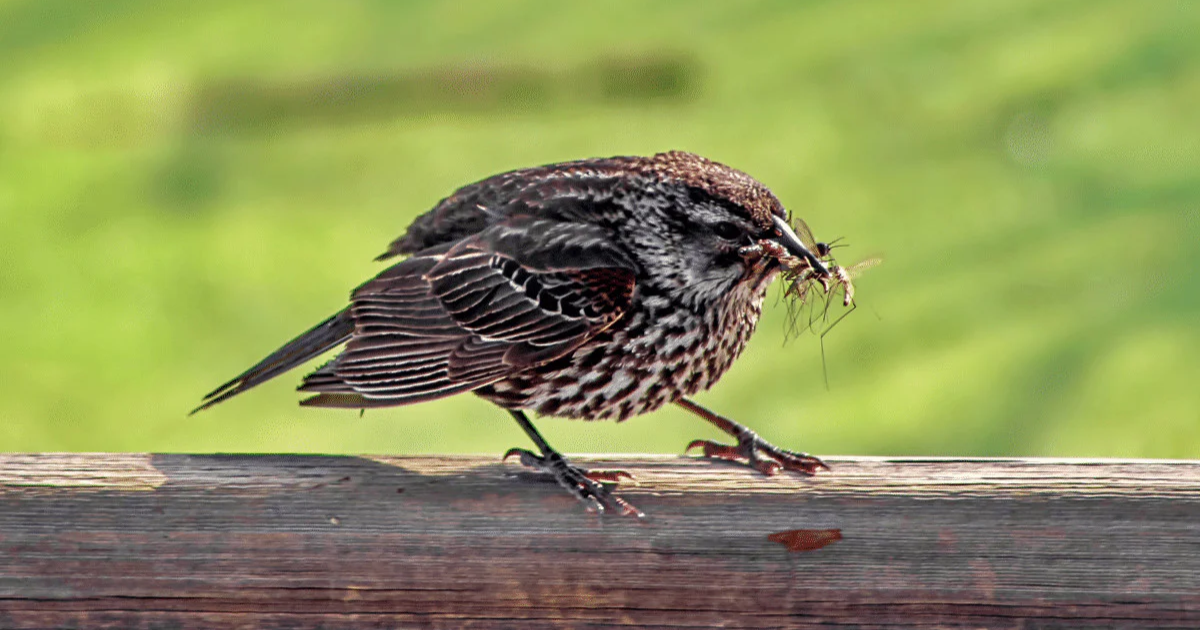Crabs are fascinating creatures that live in oceans, rivers, and even on land. With their hard shells and unique sideways walk, they might seem invincible, but they are actually an important part of the food chain. Many animals prey on crabs, both in the water and on land. So, what eats crabs? Let’s dive into the list of predators that rely on crabs for their meals and explore how these predators hunt them.
Predators Of Crabs In The Ocean
The ocean is full of animals that prey on crabs. While crabs use their tough exoskeletons and claws for defense, they still face numerous threats underwater. Here are some of the top predators in the ocean that eat crabs:
Fish
Fish are one of the primary predators of crabs. Large fish species like groupers, sea bass, and rays often target crabs for food. These fish have strong jaws capable of cracking open the crab’s shell to get to the soft meat inside. Some fish are even specialized in hunting crabs, using their sharp teeth to break the crab’s defenses.
Octopuses
Octopuses are intelligent predators known for their hunting skills. These clever creatures can use their long, flexible arms to pry crabs out of tight spaces or grab them directly from the sea floor. Octopuses have a strong beak, similar to a bird’s, which they use to crack open the hard shells of crabs and other crustaceans. Additionally, octopuses can inject venom into the crab to paralyze it, making it easier to eat.
Sharks
While sharks may be better known for eating larger prey, many species of sharks also hunt crabs. Smaller sharks, like the bonnethead shark, are particularly fond of crabs and other crustaceans. They use their sharp teeth and powerful jaws to crush the crab’s shell and enjoy a meal rich in protein. Even though crabs are small compared to some shark prey, they provide essential nutrients for these predators.
Sea Turtles
Some species of sea turtles, such as the loggerhead turtle, have strong jaws that help them feast on crabs. These turtles use their beak-like mouthparts to break open the crab’s shell and consume the meat. Loggerhead turtles are especially known for eating bottom-dwelling creatures like crabs, helping to keep the ecosystem balanced.
Birds
Birds are also effective predators of crabs. Coastal birds, such as seagulls, herons, and eagles, often hunt for crabs along the shoreline. These birds swoop down, grab crabs with their sharp beaks or talons, and either eat them whole or break open their shells. Seagulls are particularly skilled at cracking open crabs by dropping them from high altitudes onto rocks, breaking the shell and making it easier to access the soft meat inside.
Land Predators That Eat Crabs
Crabs aren’t just found in the ocean; some species live on land or in areas close to the water. These crabs also have to deal with a variety of land-based predators.
Raccoons
Raccoons are opportunistic eaters and are known for their ability to hunt and scavenge for a wide variety of foods. In coastal areas, raccoons often search for crabs along the shorelines. Using their dexterous paws, they can easily catch crabs, break open their shells, and enjoy a tasty meal. Raccoons are particularly good at hunting crabs because they are patient and can pry crabs out of small hiding spots.
Foxes
Foxes are quick and agile hunters that eat crabs, especially in coastal regions where crabs are abundant. Foxes use their sharp teeth and claws to break open crab shells and devour the meat inside. They often hunt for crabs during low tide when the crabs are more exposed on the beach. Foxes are skilled predators, relying on their stealth and speed to catch crabs off guard.
Monkeys
In some tropical regions, monkeys have learned how to hunt and eat crabs. For example, macaque monkeys, which live near coastal areas, are known to catch crabs for food. These intelligent primates use their hands to grab crabs and carefully break open their shells. Monkeys are fascinating predators because they often show creative ways to access their food, including using tools like rocks to crack open hard shells.
Human Consumption Of Crabs
Of course, humans are among the top predators of crabs. Crab meat is considered a delicacy in many cultures around the world. Whether steamed, boiled, or grilled, crabs are enjoyed for their sweet, tender meat. Different species of crabs, such as blue crabs, king crabs, and Dungeness crabs, are popular in various cuisines. Humans harvest millions of crabs every year for food, making them an important part of the global seafood industry.
Commercial Fishing
The demand for crabs has led to large-scale commercial fishing operations, where crabs are caught using traps, nets, and other methods. These crabs are then processed and sold in markets or served in restaurants. While commercial fishing provides a sustainable source of food, it also puts pressure on crab populations, making it important to manage crab harvesting responsibly to avoid overfishing.
Recreational Crab Fishing
In addition to commercial fishing, many people enjoy crabbing as a recreational activity. Crabbing can be done using simple equipment like crab traps or by hand in shallow waters. It’s a popular pastime in coastal regions, and people often catch crabs to cook and eat at home. This human interaction with crabs adds to the list of predators that rely on crabs for sustenance.
How Do Crabs Defend Themselves?
Given the number of predators that eat crabs, it’s no surprise that crabs have developed several defense mechanisms to protect themselves. Their primary defense is their hard exoskeleton, which acts like armor, making it difficult for some predators to break through. In addition, crabs have powerful claws that they use to defend against attackers. They can pinch predators or even use their claws to fight off smaller threats.
Some crabs also rely on camouflage to blend into their surroundings, hiding from predators. For example, certain species of crabs will bury themselves in the sand or hide among rocks to avoid being seen. Others, like the decorator crab, attach bits of algae, shells, and other materials to their bodies to help them blend in with their environment.
Conclusion
Crabs are an essential part of the food chain, with many predators relying on them for nourishment. From fish and octopuses in the ocean to raccoons and foxes on land, crabs face threats from a wide range of animals. Despite their hard shells and defensive claws, crabs play a crucial role in ecosystems around the world, providing food for numerous species, including humans. Understanding what eats crabs helps us appreciate their place in nature and the importance of protecting these fascinating creatures and their habitats.


